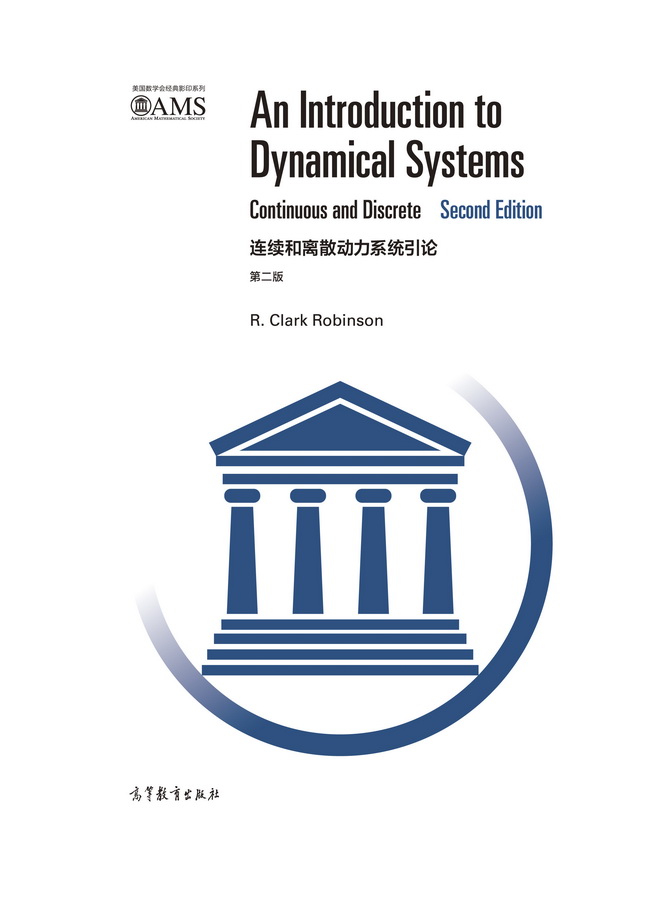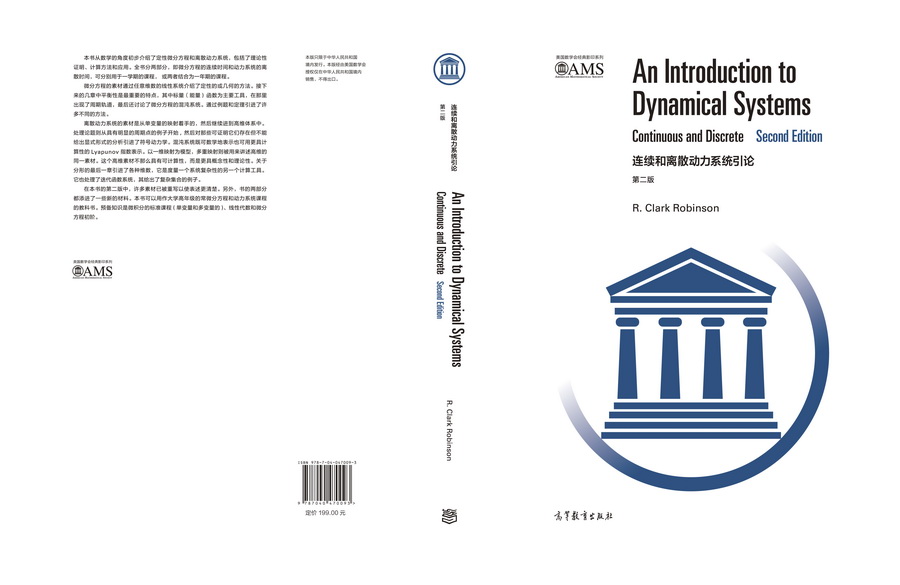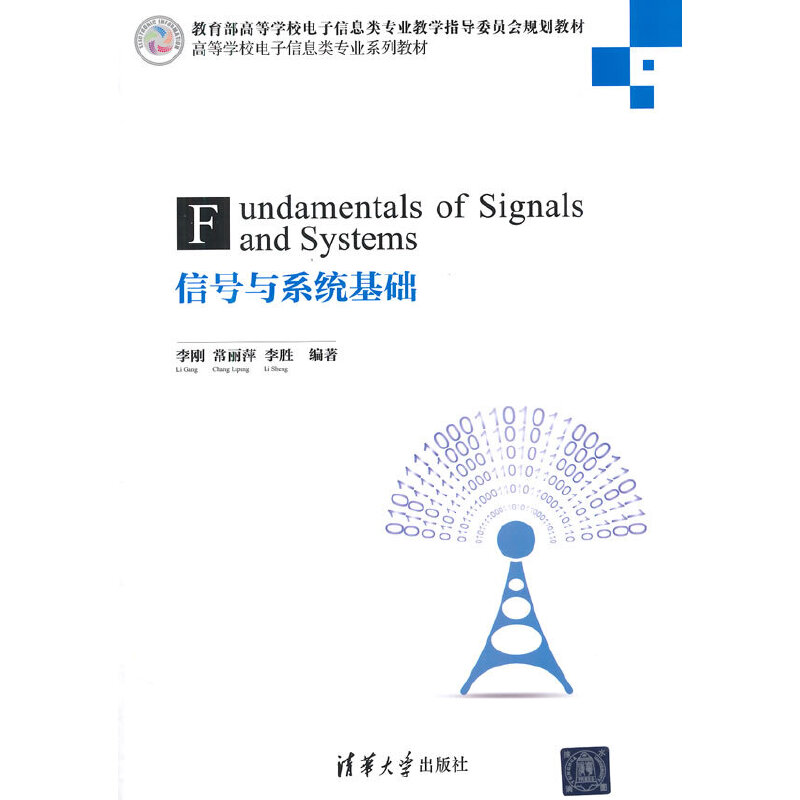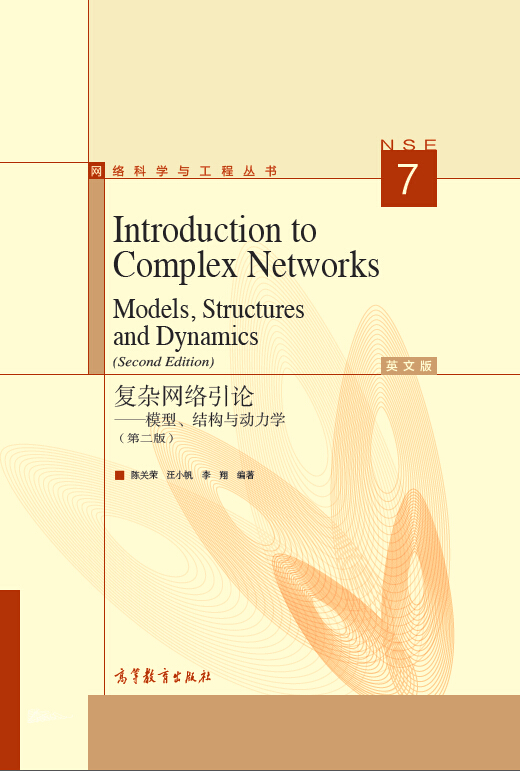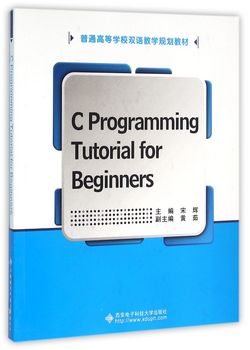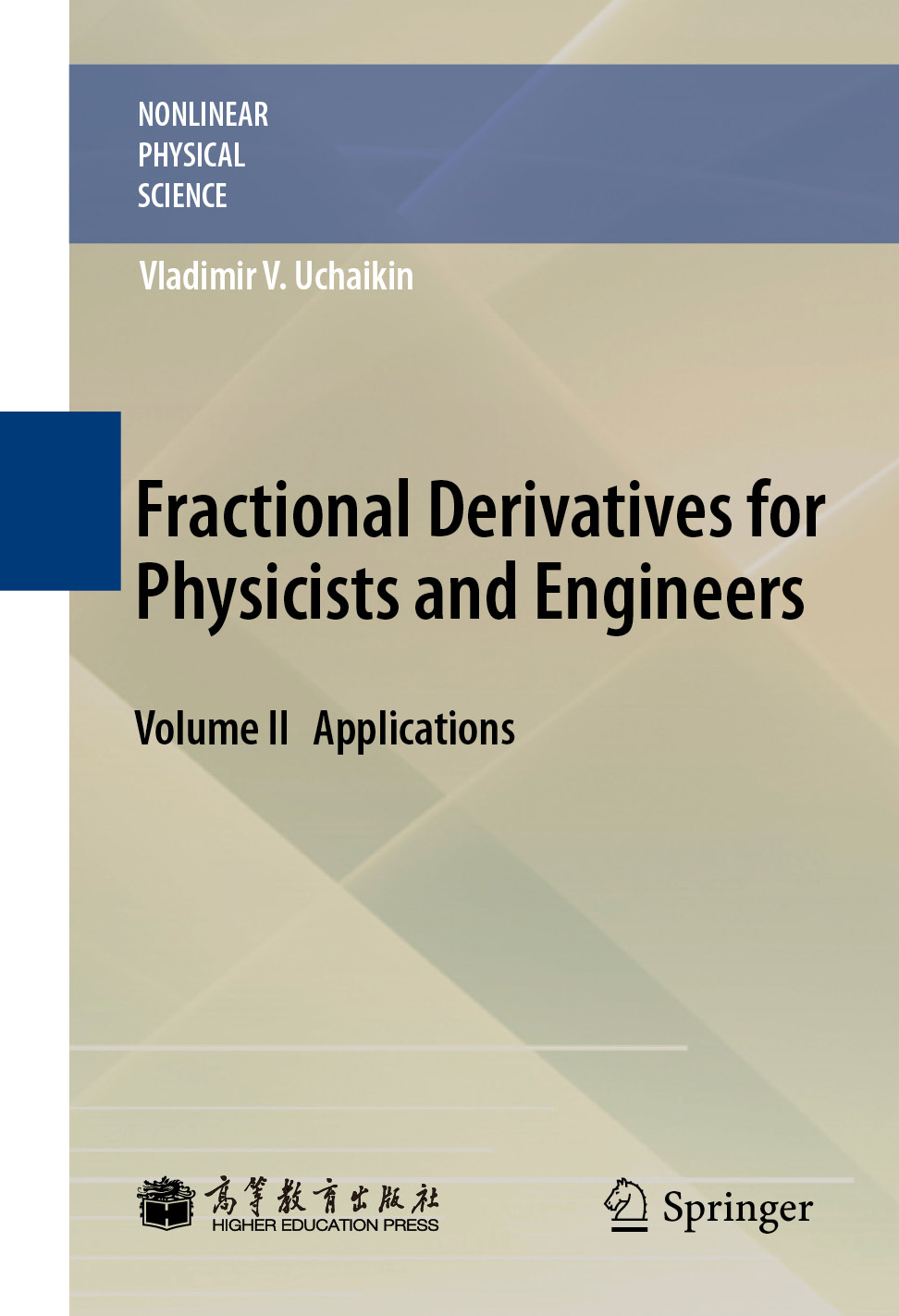连续和离散动力系统引论(第二版)(影印版)
作者: R.Clark Robinson
出版时间:2017-04
出版社:高等教育出版社
- 高等教育出版社
- 9787040470093
- 1版
- 103266
- 48266151-9
- 精装
- 16开
- 2017-04
- 1175
- 733
- 理学
- 数学类
- O192
- 数学类
- 研究生及以上
本书从数学的角度初步介绍了定性微分方程和离散动力系统,包括了理论性证明、计算方法和应用。全书分两部分,即微分方程的连续时间和动力系统的离散时间,可分别用于一学期的课程, 或两者结合为一年期的课程。
微分方程的素材通过任意维数的线性系统介绍了定性的或几何的方法。接下来的几章中平衡性是最重要的特点,其中标量(能量) 函数为主要工具,在那里出现了周期轨道,最后还讨论了微分方程的混沌系统。通过例题和定理引进了许多不同的方法。
离散动力系统的素材是从单变量的映射着手的,然后继续进到高维体系中。处理论题则从具有明显的周期点的例子开始, 然后对那些可证明它们存在但不能给出显式形式的分析引进了符号动力学。混沌系统既可数学地表示也可用更具计算性的Lyapunov 指数表示。以一维映射为模型,多重映射则被用来讲述高维的同一素材。这个高维素材不那么具有可计算性,而是更具概念性和理论性。关于分形的最后一章引进了各种维数,它是度量一个系统复杂性的另一个计算工具。它也处理了迭代函数系统,其给出了复杂集合的例子。
在此书的第二版中,许多素材已被重写以使表述更清楚。另外,书的两部分都添进了一些新的材料。此书可以用作大学高年级的常微分方程和/或动力系统课程的教科书。预备知识是微积分的标准课程(单变量和多变量的)、线性代数和微分方程初阶。
Historical Prologue
Part 1. Systems of Nonlinear Differential Equations
Chapter 1. Geometric Approach to Differential Equations
Chapter 2. Linear Systems
2.1. Fundamental Set of Solutions
Exercises 2.1
2.2. Constant Coefficients: Solutions and Phase Portraits
Exercises 2.2
2.3. Nonhomogeneous Systems: Time-dependent Forcing
Exercises 2.3
2.4. Applications
Exercises 2.4
2.5. Theory and Proofs
Chapter 3. The Flow: Solutions of Nonlinear Equations
3.1. Solutions of Nonlinear Equations
Exercises 3.1
3.2. Numerical Solutions of Differential Equations
Exercises 3.2
3.3. Theory and Proofs
Chapter 4. Phase Portraits with Emphasis on Fixed Points
4.1. Limit Sets
Exercises 4.1
4.2. Stability of Fixed Points
Exercises 4.2
4.3. Scalar Equations
Exercises 4.3
4.4. Two Dimensions and Nullclines
Exercises 4.4
4.5. Linearized Stability of Fixed Points
Exercises 4.5
4.6. Competitive Populations
Exercises 4.6
4.7. Applications
Exercises 4.7
4.8. Theory and Proofs
Chapter 5. Phase Portraits Using Scalar Functions
5.1. Predator-Prey Systems
Exercises 5.1
5.2. Undamped Forces
Exercises 5.2
5.3. Lyapunov Functions for Damped Systems
Exercises 5.3
5.4. Bounding Functions
Exercises 5.4
5.5. Gradient Systems
Exercises 5.5
5.6. Applications
Exercises 5.6
5.7. Theory and Proofs
Chapter 6. Periodic Orbits
6.1. Introduction to Periodic Orbits
Exercises 6.1
6.2. Poincare-Bendixson Theorem
Exercises 6.2
6.3. Self-Excited Oscillator
Exercises 6.3
6.4. Andronov-HopfBifurcation
Exercises 6.4
6.5. Homoclinic Bifurcation
Exercises 6.5
6.6. Rate of Change of Volume
Exercises 6.6
6.7. Poincare Map
Exercises 6.7
6.8. Applications
Exercises 6.8
6.9. Theory and Proofs
Chapter 7. Chaotic Attractors
7.1. Attractors
Exercises 7.1
7.2. Chaotic Attractors
Exercise 7.2
7.3. Lorenz System
Exercises 7.3
7.4. RSssler Attractor
Exercises 7.4
7.5. Forced Oscillator
Exercises 7.5
7.6. Lyapunov Exponents
Exercises 7.6
7.7. Test for Chaotic Attractors
Exercises 7.7
7.8. Applications
7.9. Theory and Proofs
Part 2. Iteration of Functions
Chapter 8. Iteration of Functions as Dynamics
8.1. One-Dimensional Maps
8.2. Functions with Several Variables
Chapter 9. Periodic Points of One-Dimensional Maps
9.1. Periodic Points
Exercises 9.1
9.2. Iteration Using the Graph
Exercises 9.2
9.3. Stability of Periodic Points
Exercises 9.3
9.4. Critical Points and Basins
Exercises 9.4
9.5. Bifurcation of Periodic Points
Exercises 9.5
9.6. Conjugacy
Exercises 9.6
9.7. Applications
Exercises 9.7
9.8. Theory and Proofs
Chapter 10. Itineraries for One-Dimensional Maps
10.1. Periodic Points from Transition Graphs
Exercises 10.1
10.2. Topological Transitivity
Exercises 10.2
10.3. Sequences of Symbols
Exercises 10.3
10.4. Sensitive Dependence on Initial Conditions
Exercises 10.4
10.5. Cantor Sets
Exercises 10.5
10.6. Piecewise Expanding Maps and Subshifts
Exercises 10.6
10.7. Applications
Exercises 10.7
10.8. Theory and Proofs
Chapter 11. Invariant Sets for One-Dimensional Maps
11.1. Limit Sets
Exercises 11.1
11.2. Chaotic Attractors
Exercises 11.2
11.3. Lyapunov Exponents
Exercises 11.3
11.4. Invariant Measures
Exercises 11.4
11.5. Applications
11.6. Theory and Proofs
Chapter 12. Periodic Points of Higher Dimensional Maps
12.1. Dynamics of Linear Maps
Exercises 12.1
12.2. Classification of Periodic Points
Exercises 12.2
12.3. Stable Manifolds
Exercises 12.3
12.4. Hyperbolic Toral Automorphisms
Exercises 12.4
12.5. Applications
Exercises 12.5
12.6. Theory and Proofs
Chapter 13. Invariant Sets for Higher Dimensional Maps
13.1. Geometric Horseshoe
Exercises 13.1
13.2. Symbolic Dynamics
Exercises 13.2
13.3. Homoclinic Points and Horseshoes
Exercises 13.3
13.4. Attractors
Exercises 13.4
13.5. Lyapunov Exponents
Exercises 13.5
13.6. Applications
13.7. Theory and Proofs
Chapter 14. Fractals
14.1. Box Dimension
Exercises 14.1
14.2. Dimension of Orbits
Exercises 14.2
14.3. Iterated-Function Systems
Exercises 14.3
14.4. Theory and Proofs
Appendix A. Background and Terminology
A.1. Calculus Background and Notation
A.2. Analysis and Topology Terminology
A.3. Matrix Algebra
Appendix B. Generic Properties
Bibliography
Index

